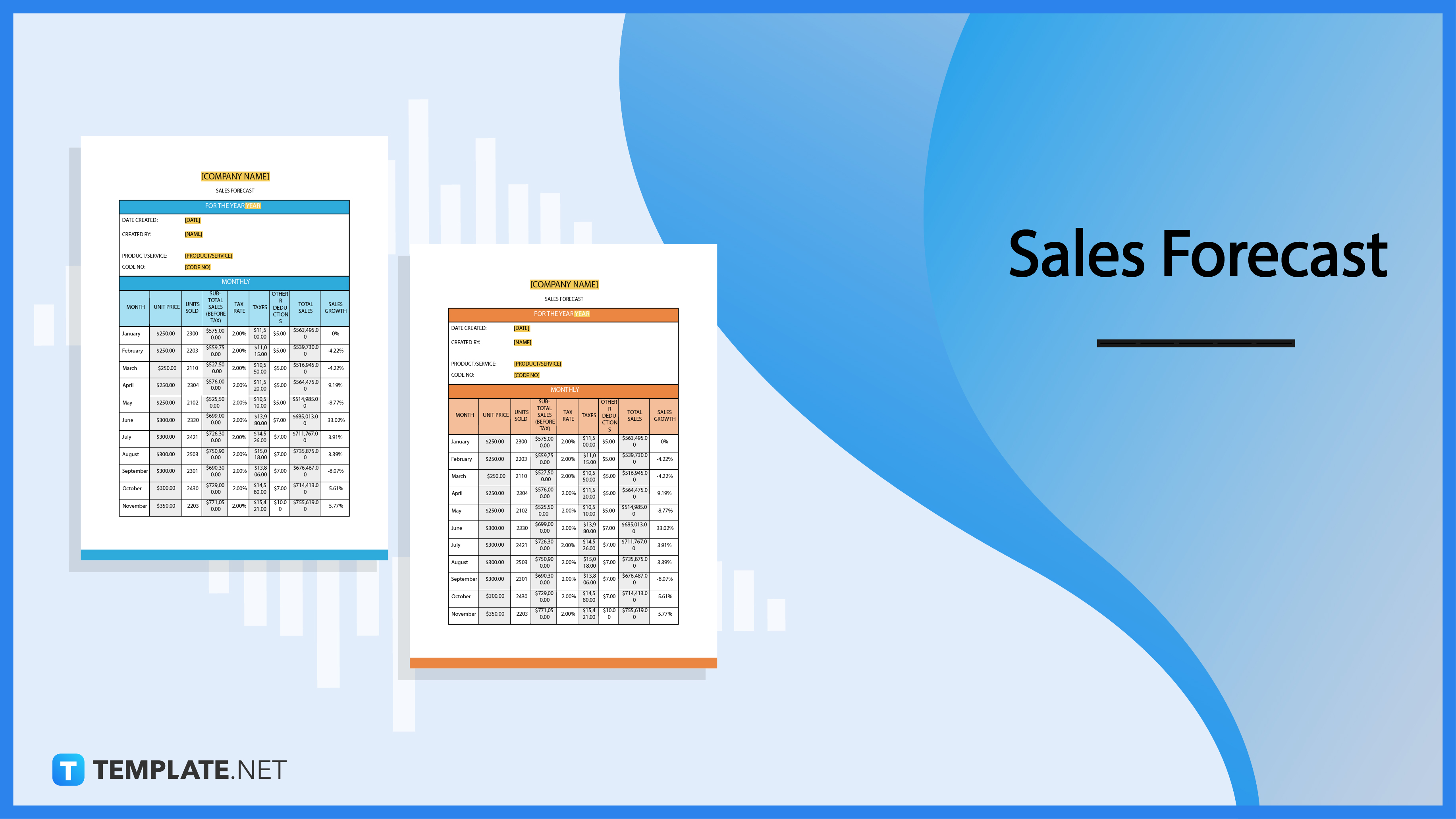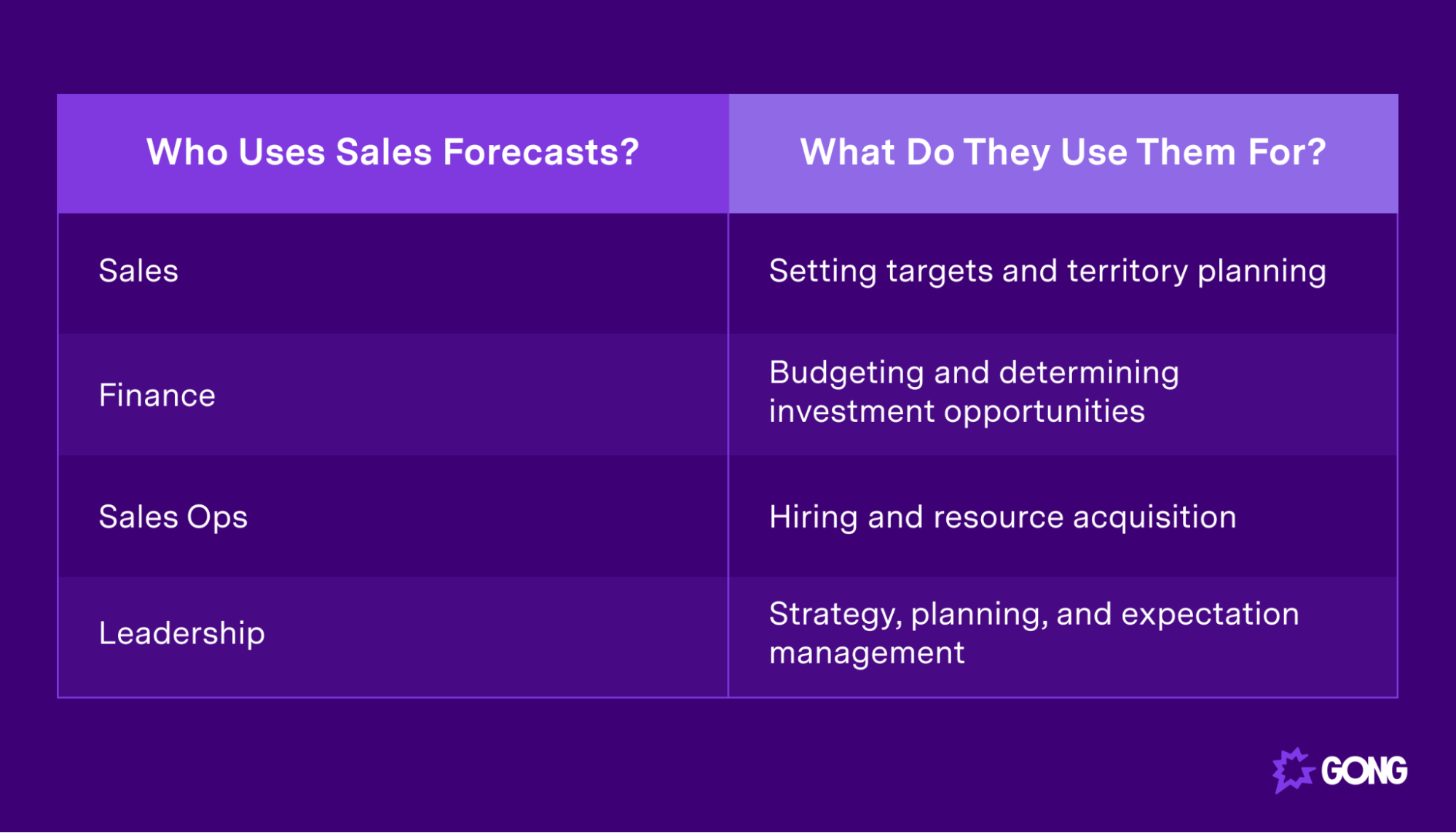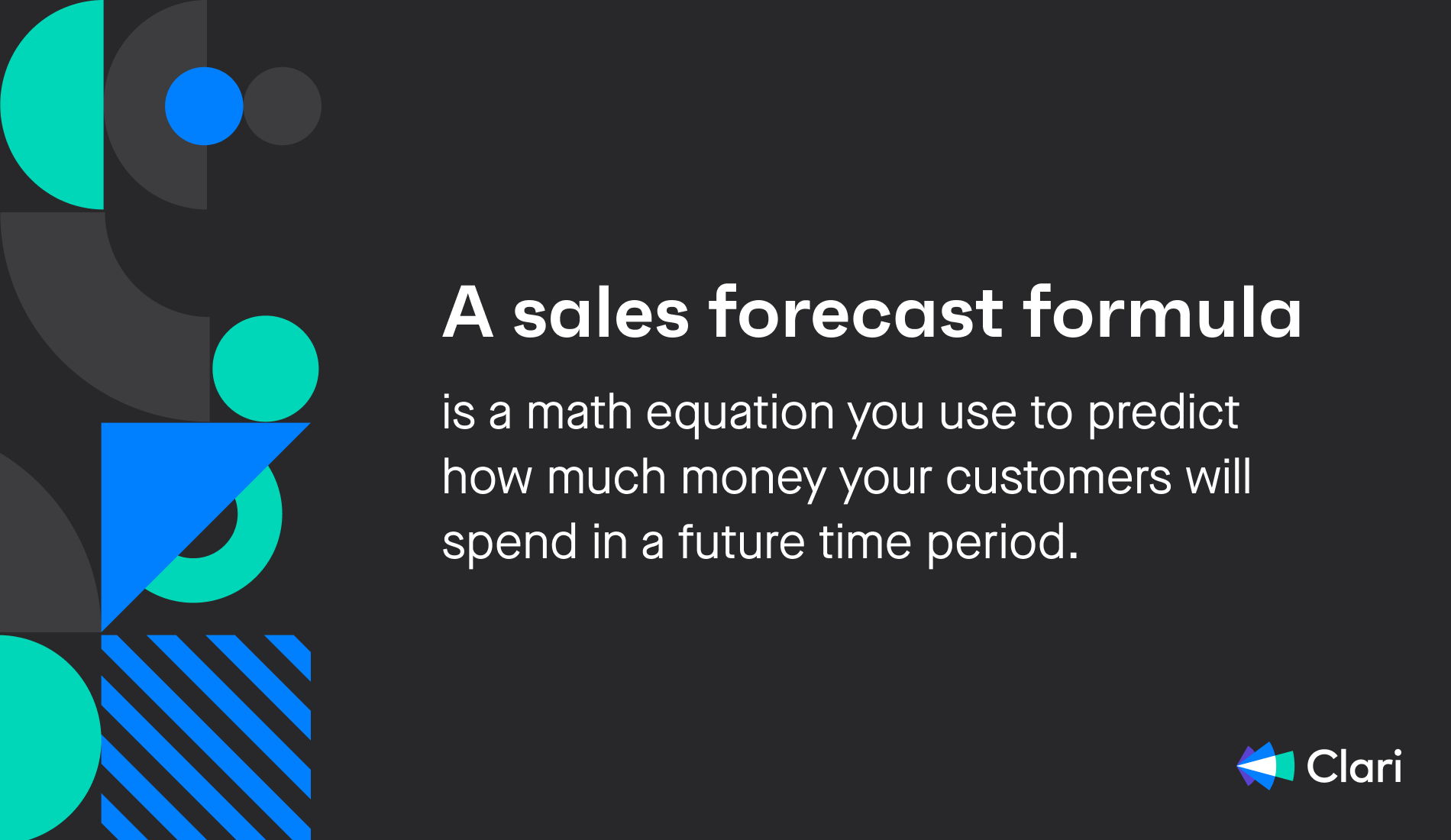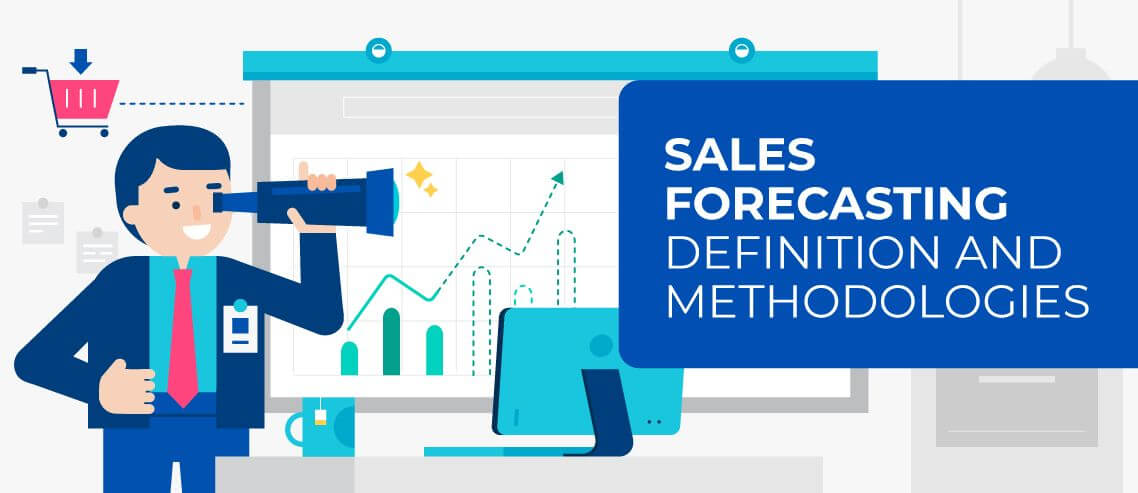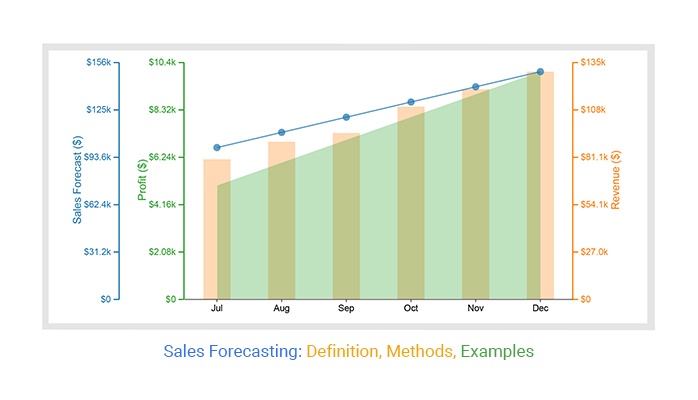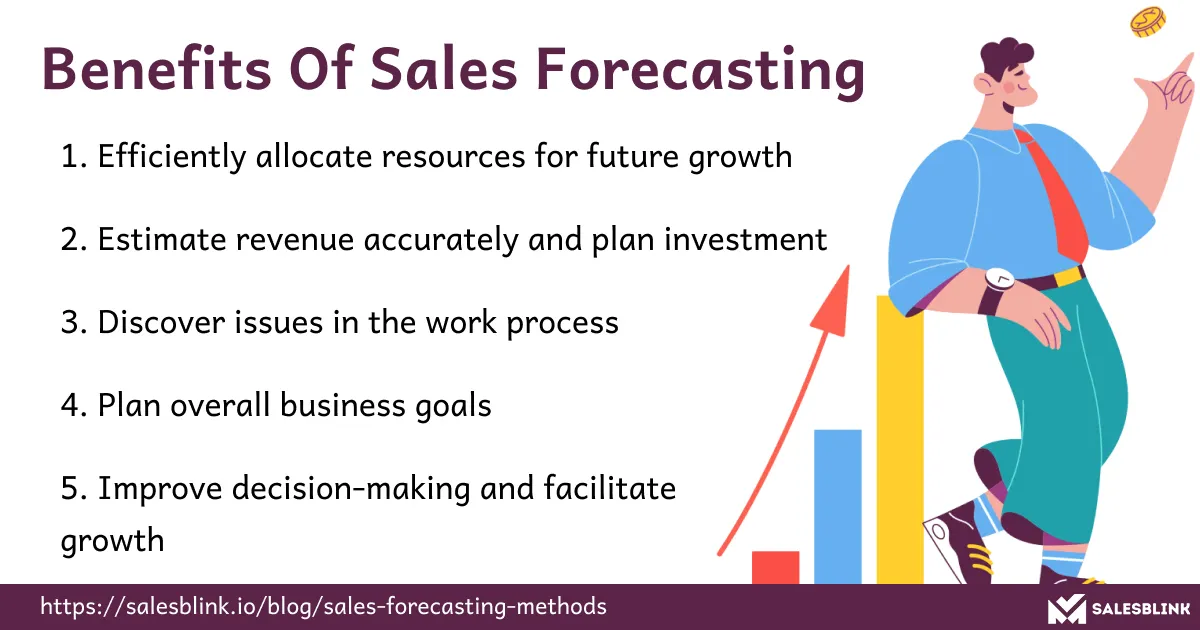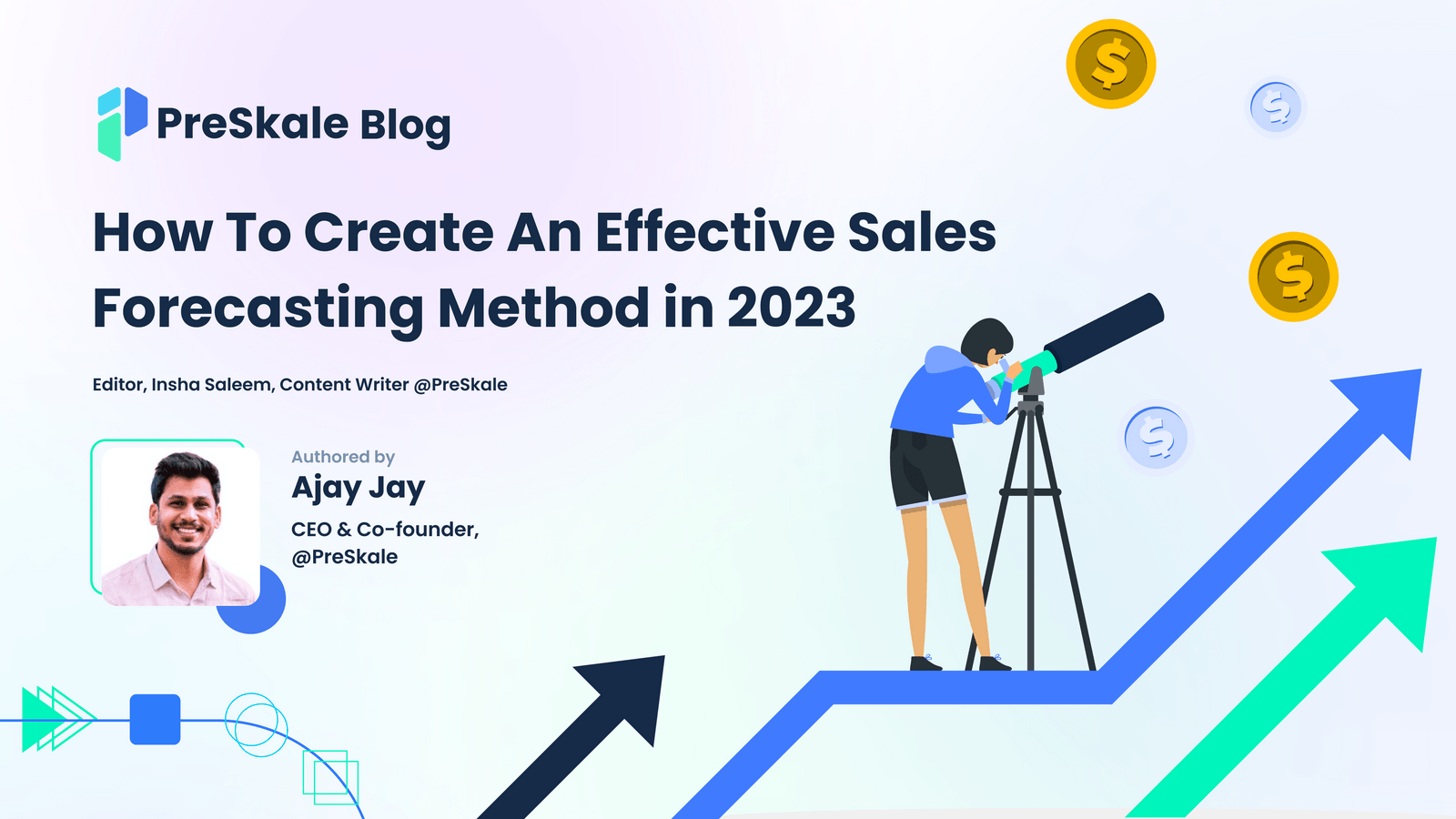What Is A Sales Forecast Apex

In today's dynamic business environment, the ability to accurately predict future sales is not merely advantageous; it is a fundamental necessity for survival. Companies grapple with volatile markets, evolving consumer preferences, and increased competition, making informed decision-making paramount. A crucial tool in navigating this complexity is the sales forecast, and within the realm of advanced forecasting methodologies, the concept of a Sales Forecast Apex emerges as a critical area of focus.
This article delves into the essence of the Sales Forecast Apex, exploring its significance, the methodologies used to determine it, and its implications for businesses striving for optimal performance. We will analyze the factors that contribute to its formation, the challenges in accurately predicting it, and the benefits of successfully identifying and responding to it.
Understanding the Sales Forecast Apex
At its core, the Sales Forecast Apex represents the point in time where a company anticipates achieving its peak sales volume within a specified forecasting period. It's the culmination of factors such as seasonal trends, marketing campaigns, product launches, and overall market demand.
Identifying this apex allows businesses to strategically allocate resources, optimize inventory levels, and prepare for periods of heightened activity.
Ignoring the apex, or miscalculating its timing, can lead to detrimental consequences, including lost sales, overstocked inventory, and inefficient resource allocation.
Factors Influencing the Apex
Numerous factors contribute to the formation and timing of a sales forecast apex. Seasonal trends are a primary driver in many industries. Retailers, for example, often experience a significant sales surge during the holiday season, creating a distinct apex.
Marketing and promotional activities can also significantly impact sales. A well-executed marketing campaign can lead to a spike in demand, shifting the apex to coincide with the campaign's peak activity.
Product launches introduce new products into the market and generate initial excitement and demand. The timing of a product launch, therefore, plays a crucial role in determining the sales forecast apex.
Economic conditions, such as overall economic growth or recession, consumer confidence, and interest rates, have a broad influence on consumer spending habits. These factors will indirectly contribute to shaping the sales patterns and shifting the apex.
Methodologies for Apex Prediction
Businesses employ various methodologies to predict the sales forecast apex, ranging from qualitative assessments to sophisticated quantitative models. Qualitative forecasting relies on expert opinions, market surveys, and industry insights.
It’s a useful approach when historical data is limited or unavailable. However, qualitative methods are often subjective and prone to bias.
Quantitative forecasting, on the other hand, utilizes historical sales data and statistical techniques to project future sales. Time series analysis, regression analysis, and machine learning algorithms are commonly used to identify patterns and trends.
Time series analysis examines historical sales data to identify patterns, such as seasonality and trends. Regression analysis identifies the relationship between sales and other factors, such as marketing spend and economic indicators.
Machine learning algorithms can analyze large datasets to identify complex patterns and predict future sales with greater accuracy.
Challenges in Apex Prediction
Despite advancements in forecasting techniques, accurately predicting the sales forecast apex remains a significant challenge. Data limitations, such as insufficient historical data or inaccurate data, can hinder the effectiveness of forecasting models.
Market volatility, characterized by rapid changes in consumer preferences and economic conditions, introduces uncertainty into the forecasting process. External factors, such as competitor actions and unforeseen events, can also disrupt sales patterns and make it difficult to predict the apex.
For example, sudden changes in consumer sentiment due to external news events can dramatically alter demand. Similarly, a competitor's aggressive pricing strategy can significantly impact sales volume and shift the apex.
Benefits of Apex Identification
Successfully identifying the sales forecast apex offers numerous benefits for businesses. It allows for optimized inventory management, ensuring that sufficient inventory is available to meet peak demand without incurring excessive holding costs.
Accurate apex prediction enables strategic resource allocation, allowing businesses to allocate personnel, equipment, and other resources to meet the anticipated surge in demand. It facilitates improved marketing effectiveness, by aligning marketing campaigns with the expected peak sales period, maximizing their impact.
Moreover, it enhances financial planning and budgeting, providing a more accurate basis for revenue projections and expense planning.
Case Studies and Examples
Consider a clothing retailer that accurately predicts a sales apex in December due to the holiday season. They can proactively increase inventory levels, hire temporary staff, and launch targeted marketing campaigns to capitalize on the increased demand.
Conversely, a company that underestimates the apex may experience stockouts, lost sales, and customer dissatisfaction.
Another example is a company launching a new product. By accurately forecasting the peak in initial sales following the launch, they can ensure sufficient production capacity and distribution channels to meet the anticipated demand.
The Future of Sales Forecast Apex Prediction
The future of sales forecast apex prediction will likely be shaped by advancements in technology and data analytics. Artificial intelligence and machine learning will play an increasingly important role in analyzing vast amounts of data and identifying complex patterns that humans may miss.
Real-time data, such as website traffic, social media sentiment, and point-of-sale data, will provide valuable insights into current market conditions and allow for more dynamic forecasting. Greater integration of internal and external data sources will improve the accuracy and reliability of forecasts.
Ultimately, the goal is to create more agile and responsive forecasting systems that can adapt to rapidly changing market conditions and provide businesses with the insights they need to make informed decisions.
Conclusion
The Sales Forecast Apex represents a critical concept for businesses seeking to optimize their operations and achieve sustainable growth. By understanding the factors that influence its formation, employing appropriate forecasting methodologies, and addressing the inherent challenges, businesses can leverage the power of apex prediction to improve inventory management, resource allocation, and overall financial performance.
As technology continues to evolve, the ability to accurately predict the sales forecast apex will become even more crucial for businesses navigating the complexities of the modern marketplace. The commitment to improving forecasting accuracy, embracing new technologies, and adapting to market dynamics will be essential for long-term success.

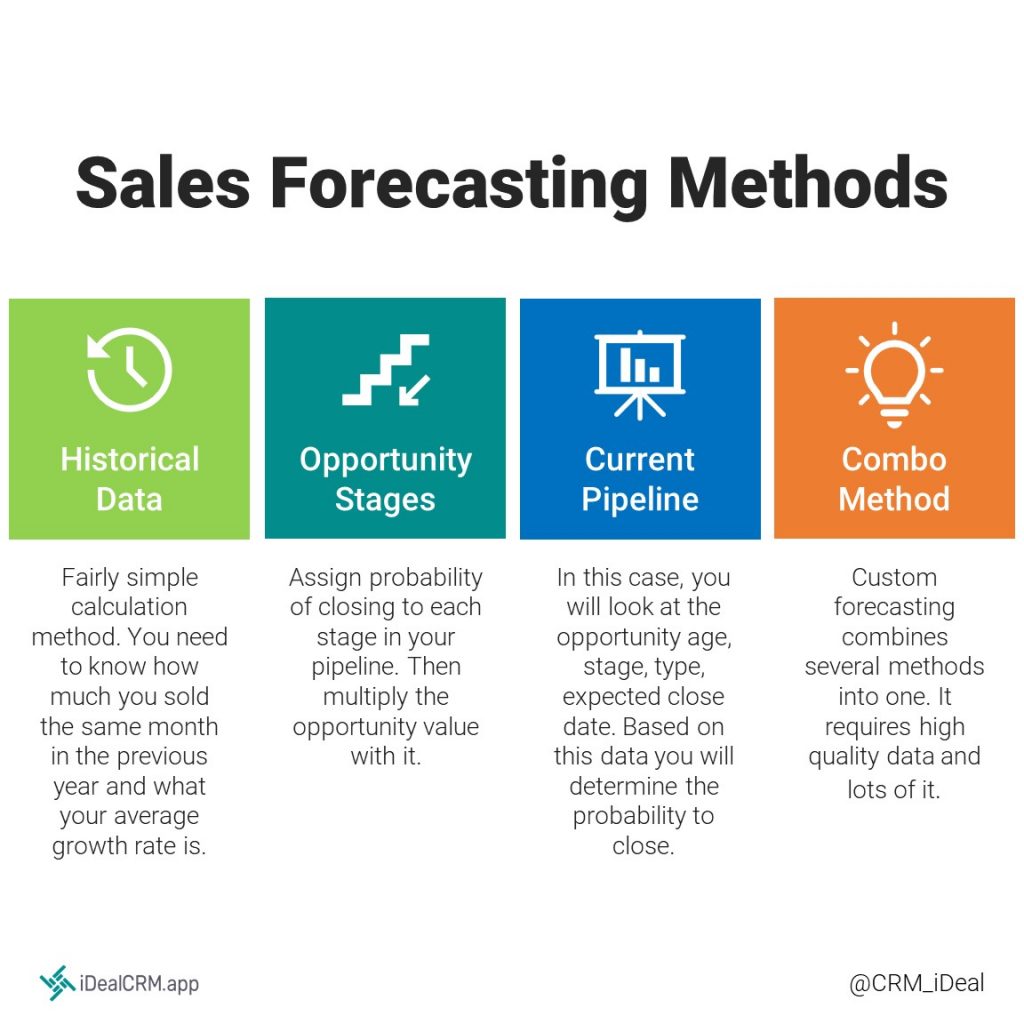


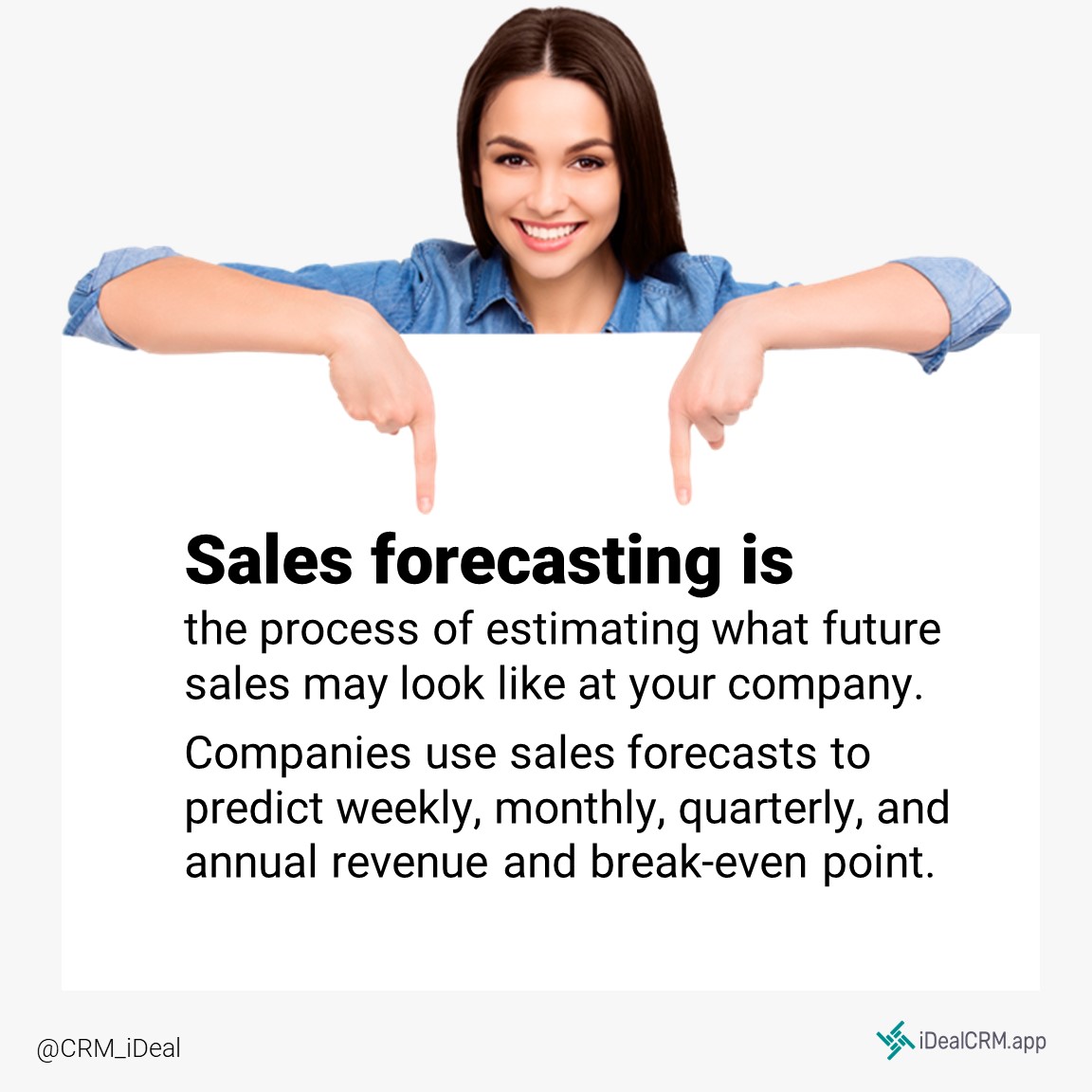
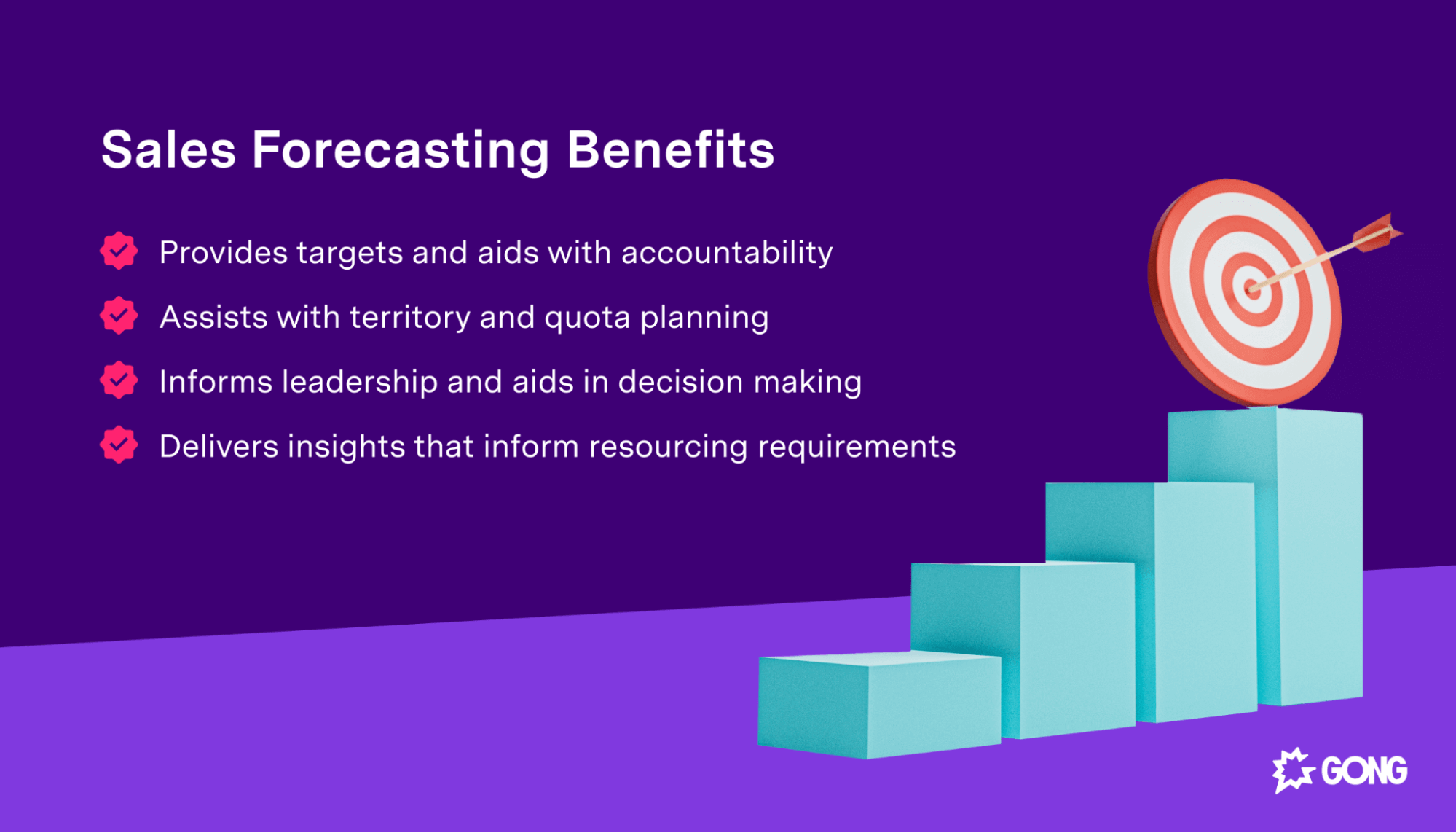
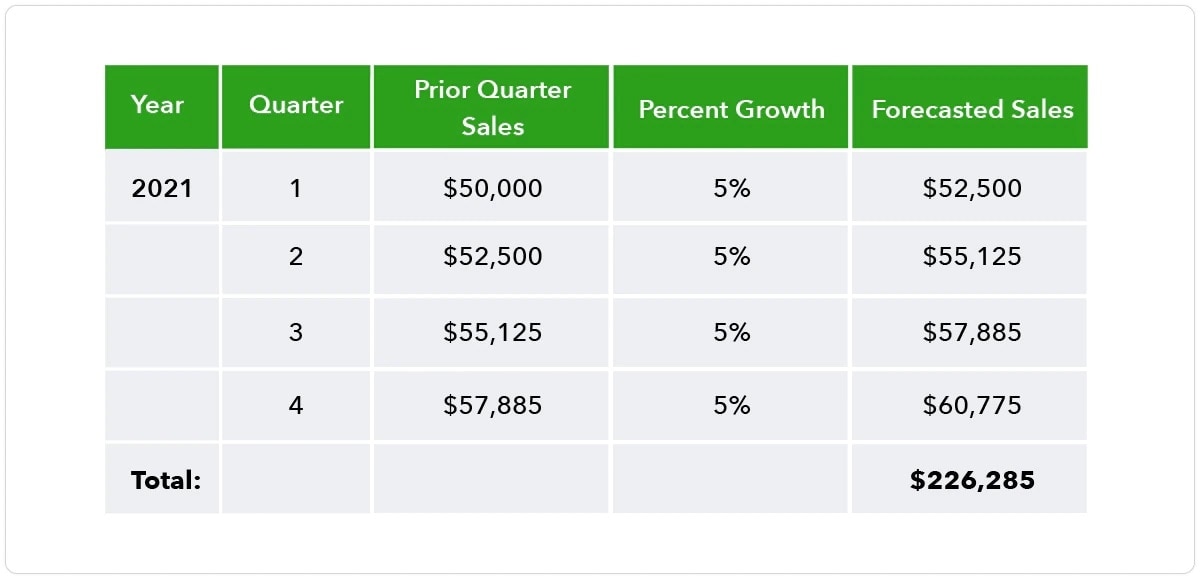
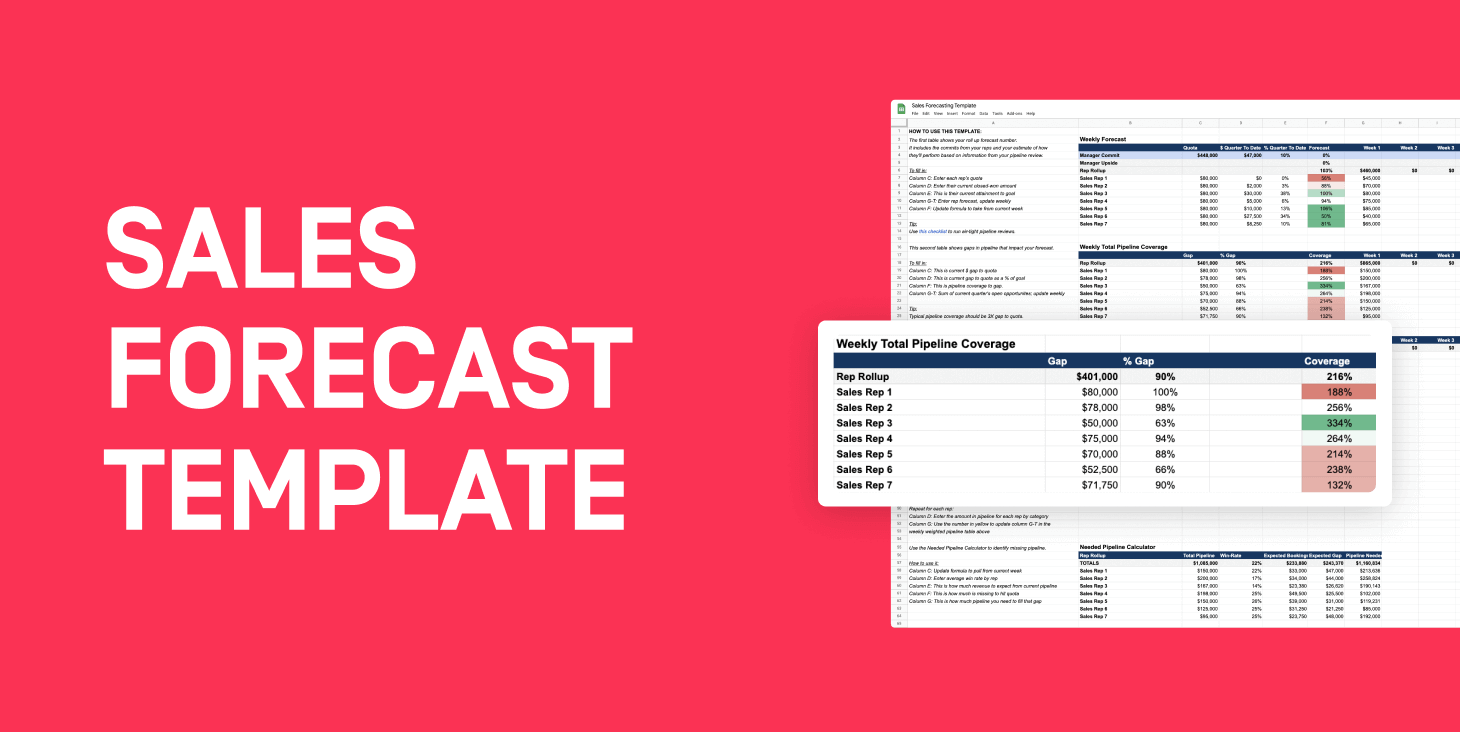
![What Is A Sales Forecast Apex Create a Sales Forecast Template in 5 Simple Steps [2022] • Asana](https://assets.asana.biz/m/2d2a25ee959e3144/original/inline-business-strategy-sales-forecast-template-2-2x.jpg)
